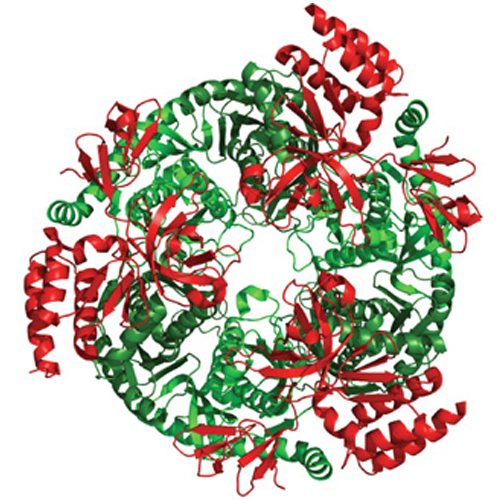Lessons from structural and biochemical studies on the archaeal exosome
10-Oct-2009
Biochem. Soc. Trans., 2009, 37, 83-87, doi:10.1042/BST0370083 published on 10.10.2009
Biochem. Soc. Trans., online article
Biochem. Soc. Trans., online article
The RNA exosome is a multisubunit exonuclease involved in numerous RNA maturation and degradation processes. Exosomes are found in eukaryotes and archaea and are related to bacterial polynucleotide phosphorylates. Over the past years structural and biochemical analysis revealed that archaeal exosomes have a large processing chamber with three phosphorolytic active sites that degrade RNA in the 3′→5′ direction in a highly processive manner. A narrow entry pore, framed by putative RNA-binding domains, could account for the high processivity and also prevent degradation of structured RNA. The phosphorolytic nuclease activity is reversible, leading to formation of heteropolymeric tails from nucleoside diphosphates as substrate. This reversibility is difficult to regulate, suggesting why, during evolution and emergence of stable poly(A) tails in eukaryotes, polyadenylation and nuclease activities in the human exosome and associated factors have been separated.











